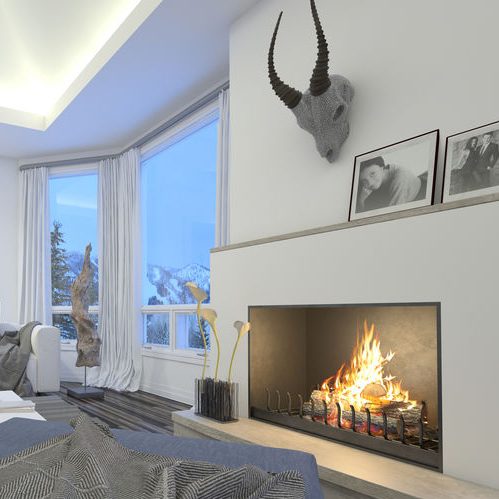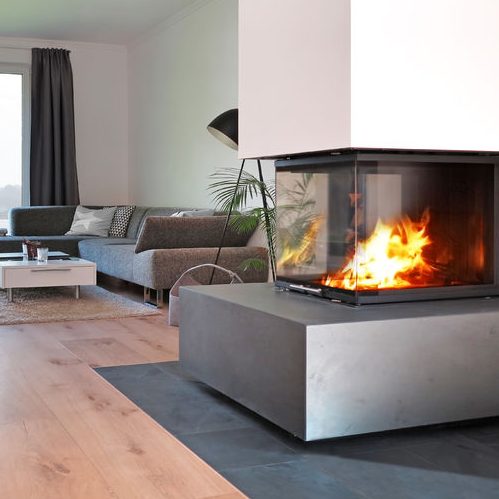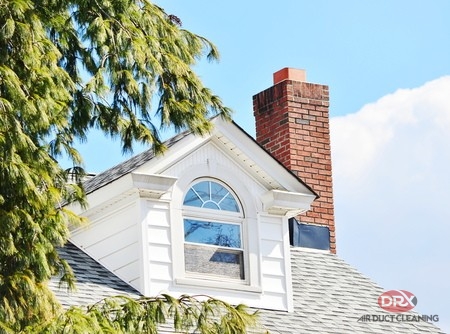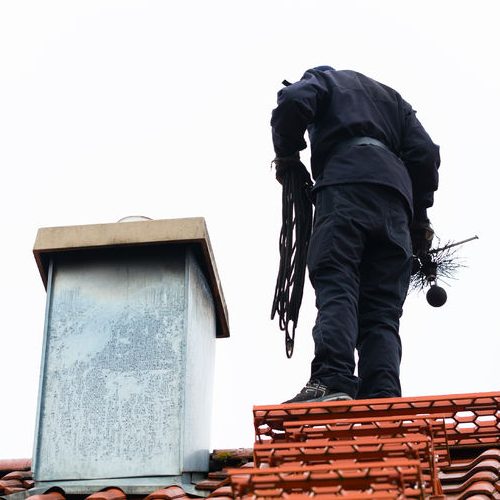
Learn More About our Chimney Cleaning Service
Your chimney isn’t just where St. Nick makes his way down on a cold winter’s evening, it’s where warmth and fire can spread into the rooms of your home. Yet beyond the cozy comfort of a fire, a chimney is a home system that needs to be checked up on just like any other system of the home. With fire comes soot, ashes and other components that need maintenance and our chimney cleaning services to periodically be incorporated into the home maintenance routine. It’s in this way that your chimney can be kept in proper working condition without causing harmful toxins from infiltrating the house or damaging other areas of the home systems. Chimney cleaning is essential in maintaining the health and safety of any home systems. Here is some helpful information that can prove essential the next time you require chimney cleaning.
How often should you have your chimney cleaned?
Chimney cleaning can vary in timeframe dependent on how often you use your chimney. What’s more, even if you don’t use your chimney often there can be other occupants such as squirrels, birds or raccoons that could be nesting and creating debris in it. The bare minimum chimney cleaning according to the National Fire Protection Association should be once per year as this can correct any unnatural clearances, check for deposits, cleanliness duties and bring up any needs for repair. According to the Chimney Safety Insitute of America fireplaces or chimney cleaning should occur when ⅛ inch of sot buildup is seen in the flue and chimney system. As of such, even if the build-up is less then ⅛ inches if any glaze is seen chimney cleaning should still be done. This is because of the fact that any buildup of soot or creosote can spark a chimney fire. With heavy use fireplaces, you can expect such cases of gallon buckets of material being removed, that’s why it’s important to know of your chimney use and how that affects soot and creosote buildup to unsafe levels.
What dissolves creosote?
Creosote naturally forms from the burning of wood from a fireplace or wooden stove. This substance can build up in chimney flies which leaves a potential for chimney fires. It’s therefore essential to remove buildup at least once a year. One way to do this is to burn aluminum cans in hot fires which can loosen creosote so it flakes and falls down into the fireplace or firebox. Although this is a good method it doesn’t clean the creosote off fully and a chimney brush will still be needed to ensure cleanliness.
Do chimney cleaning logs really work?
Although chimney cleaning logs carry a chemical catalyst which can reduce early stages of creosote buildup of up to 60% with repeated use, they won’t magically clean and clear out the build-up of your chimney. Soot and creosote build-up will still need to be cleaned.
Three Stages of Creosote Buildup
There are three stages of creosote build up that can affect the level of difficulty in cleaning it up. The first stage involves flaky soot that is easily removed with a chimney cleaning brush. The second stage involves more passage of time when flakes harden to tar which will need to be removed with specialized rotary tools. The final or third stage involves the creosote turning into a tar-like glaze that in most cases will require replacing the chimney liner.
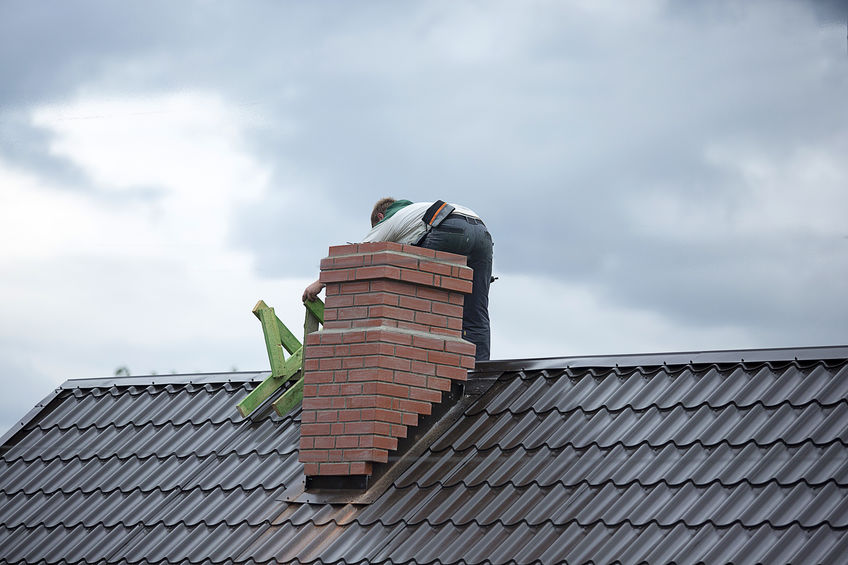
Chimney Cleaning Steps
- Get the right cleaning tools.
- Get special brushes for the firebox.
- Spread a tarp to minimize mess, tape it around the hearth.
- Create an opening and insert a vacuum into the tarp.
- Vent vacuum to the outside.
- Brush the flue & relevant areas.
- Run the vacuum to collect fall out.
Will a chimney fire burn itself out?
A slow burning fire may occur with your chimney and burn itself out yet this can be a danger as they aren’t as loud as free burning fires which sound like an airplane or other loud blazing noise. With a slow burning fire, you can still cause damage to your property as they still burn at high temperatures that can cause structural damage and catch on to flammable objects in your home.
How much does it cost to have your chimney cleaned?
A basic chimney cleaning or sweep can average $150-$250. Factors that can affect pricing can include the condition that your chimney is in, the type of chimney you have, if you have creosote buildup or if there are nesting/dead animals inside.
Contact A Professional For Assistance
When you’re in need of North Plainfield and Bridgewater, NJ chimney cleaning services than rely on DRX Duct Cleaning for chimney cleaning and inspection. Only through the help of a professional will you be able to have your chimney cleared of any potential dangers with your safety in mind. It’s important to realize that although some chimney cleaning equipment is available to the public only a professional will be able to determine if any build up or problems in your chimney would call for chimney cleaning and repairs. Learn more about Fireplace and safety tips & resources for homeowners. Chimney and venting certifications for industry professionals.
If you’re interested in chimney cleaning in North Plainfield and Bridgewater, NJ call (908) 755-2950 with DRX DUCT LLC!

